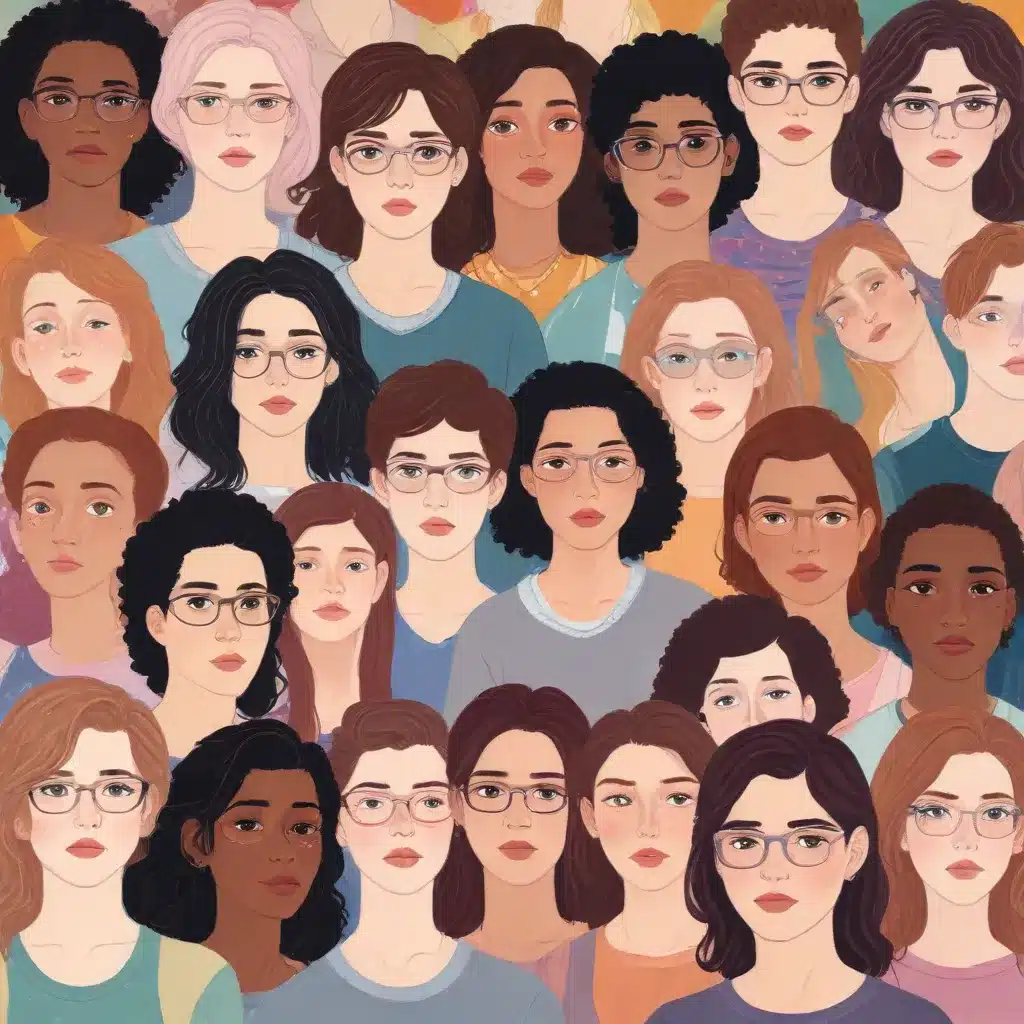
Understanding Transgender and Gender Diverse Youth
Transgender and gender diverse (TGD) youth are an increasingly visible population, with researchers estimating that up to 3.4% of teenagers may identify outside the gender binary. While awareness and representation of TGD individuals has grown in recent years, these young people continue to face significant challenges and disparities when it comes to their mental health and wellbeing.
Research has consistently shown that TGD youth experience higher rates of depression, anxiety, suicidal ideation, and self-harm compared to their cisgender peers. This heightened psychological distress is largely attributed to the minority stress these young people face – the unique social stigma, discrimination, and rejection they encounter due to their gender identity. Family rejection, peer victimization, and the experience of having one’s identity denied or invalidated by others can all take a heavy toll.
For many TGD youth, the incongruence between their internal sense of gender and the physical changes of puberty also contributes to significant distress and dysphoria. While gender-affirming medical care like puberty blockers and hormone therapy have been shown to improve mental health outcomes, accessing this care remains a challenge for many.
Importantly, research also highlights the resilience and strength of TGD youth. With supportive families, affirming communities, and pride in their identity, these young people can thrive. Understanding the unique needs and experiences of TGD adolescents is critical to ensuring they receive the resources and support necessary to live happy, healthy lives.
Diverse Identities, Diverse Experiences
While TGD youth share common challenges, it’s important to recognize the diversity within this population. Research suggests that transgender youth assigned female at birth (transmasculine youth) may experience higher rates of depression, anxiety, and suicidality compared to their transgender female (transfeminine) peers.
Factors like age, race, ethnicity, and sexual orientation also shape the unique experiences of TGD adolescents. For example, some studies have found higher rates of mental health concerns among TGD youth of color compared to their white counterparts. And sexual minority TGD youth (those who also identify as lesbian, gay, bisexual, or queer) may face additional layers of stigma and adversity.
Nonbinary youth, who identify outside the gender binary, are an especially under-researched group. The limited data available suggests they may struggle with especially high rates of psychological distress, possibly due to the invalidation and lack of social recognition they often face. More research is needed to fully understand the experiences and needs of this diverse population.
The Importance of Family Support
Perhaps the most critical factor in promoting the mental health of TGD youth is family support and acceptance. Research consistently shows that young people with affirming, supportive families have better outcomes when it comes to depression, anxiety, self-harm, and suicidality.
Sadly, many TGD youth do not receive the acceptance and validation they need from their families. Parents may struggle to understand or accept their child’s gender identity, leading to rejection, abuse, and a devastating lack of support. This can exacerbate existing mental health challenges and make it even harder for TGD youth to thrive.
On the flip side, families that make an active effort to affirm and support their TGD child’s identity – by using their chosen name and pronouns, for example – can play a vital role in fostering resilience. Connecting TGD youth to LGBTQ+ communities and resources, and helping them access gender-affirming medical care when desired, are other ways families can make a profound difference.
Creating Inclusive School Environments
Schools also have a crucial part to play in supporting the wellbeing of TGD students. Sadly, many TGD youth report experiencing bullying, harassment, and discrimination at school, which can severely impact their mental health.
Comprehensive anti-bullying policies, staff training on LGBTQ+ identities, and the inclusion of trans-inclusive curriculum are all important steps schools can take to create a safer, more affirming environment. Allowing students to use bathrooms and facilities that align with their gender identity, and supporting their social transition process, are also key.
When schools fail to protect TGD students or actively undermine their identity, the consequences can be severe. Lack of support at school, combined with family rejection, can leave TGD youth feeling isolated, hopeless, and at high risk of mental health crises and suicidal behavior.
The Promise of Affirmation and Resilience
Despite the many challenges TGD youth face, research also highlights their remarkable resilience. With the right support – from family, school, and community – these young people can thrive.
Gender affirmation, whether social (using a person’s chosen name and pronouns) or medical (accessing puberty blockers or hormone therapy), has been shown to significantly improve mental health outcomes. TGD youth who are able to live authentically, and have their identities celebrated rather than denied, report lower rates of depression, anxiety, and suicidality.
Building a sense of pride in one’s gender identity, finding community with other TGD people, and cultivating a network of supportive relationships are also key to fostering resilience. Many TGD youth demonstrate incredible strength, courage, and self-awareness that deserve to be uplifted and celebrated.
As the Stanley Park High School community, we have a responsibility to ensure all our students, including those who are transgender or gender diverse, feel safe, supported, and empowered to be their authentic selves. By educating ourselves, amplifying TGD voices, and creating inclusive policies and environments, we can make a lasting difference in the lives of these remarkable young people.

